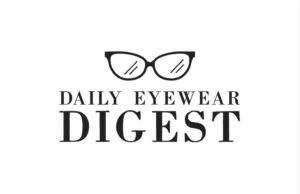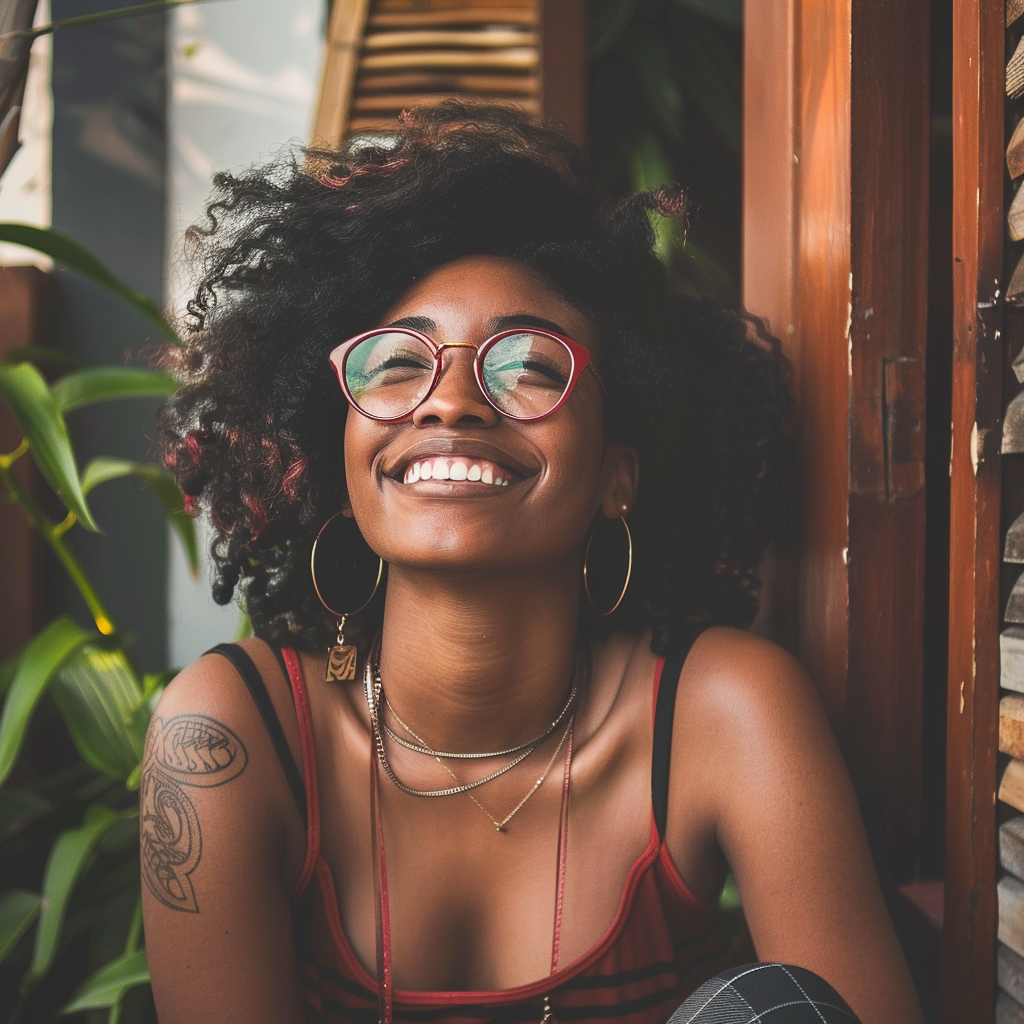Color psychology studies how colors impact our feelings, choices, and behavior, making it a fascinating aspect of eyewear. By understanding how colors influence our emotions and perceptions, eyewear designers and consumers alike can make informed choices that reflect personal style and identity.
The Role of Color in Eyewear Fashion
In eyewear fashion, color can be as impactful as frame shape and size. Many people choose eyewear that reflects their mood, personality, or even the impression they want to make. Color acts as a form of non-verbal expression, allowing wearers to project confidence, creativity, calm, or professionalism based on their frame choice.
Popular Eyewear Frame Colors and Their Psychological Meanings
Certain colors carry specific associations, which influences how people perceive eyewear:
- Black Frames: Representing authority and sophistication, black frames are classic and versatile.
- Brown and Neutral Tones: Brown, beige, and neutral shades evoke warmth, trustworthiness, and a sense of groundedness.
- Blue Frames: Blue tones convey calmness, stability, and reliability, making them ideal for both professional and casual settings.
- Red Frames: Known for boldness and energy, red frames attract attention and exude confidence.
- Green Frames: Symbolizing balance and a connection to nature, green frames suggest harmony and calm.
- Clear and Transparent Frames: Transparent or lightly tinted frames often represent modern minimalism and understated elegance.
How Different Colors Influence Mood and Perception in Eyewear
Color psychology shows that warm tones (like red, orange, and yellow) often evoke feelings of energy and excitement, while cool tones (like blue and green) bring calm and focus. Bright colors can add a playful, youthful vibe, while darker shades bring seriousness and professionalism.
Choosing Eyewear Color Based on Personal Style and Personality
Selecting a color that aligns with personal style and personality allows wearers to feel more authentic in their eyewear choices. People seeking bold, attention-grabbing styles may gravitate toward bright hues like red, while those with a more understated style may prefer black or gray tones.
Gender and Color Preferences in Eyewear
Historically, color preferences have varied by gender, with men traditionally favoring darker, more neutral colors, while women explored a wider range of hues. Today, unisex eyewear in a wide array of colors helps dissolve these old stereotypes, making it easier for everyone to embrace the color that best fits their style.
The Impact of Color on Facial Features and Skin Tones
Eyewear colors can complement skin undertones and enhance facial features. For instance:
- Warm Skin Tones: Gold, amber, and earth tones enhance the complexion.
- Cool Skin Tones: Silver, blue, and green frames bring out cool undertones.
- Neutral Skin Tones: Many colors work well, giving flexibility in frame choices.
These color choices also impact facial features by highlighting eyes, softening expressions, or adding a contour effect.
Cultural Influences on Eyewear Color Choices
In certain cultures, color meanings influence eyewear choices. For example, red is seen as a lucky color in Chinese culture, making it a popular choice for special occasions, while white may signify purity or mourning in other regions. Understanding cultural associations can enhance the appreciation of eyewear as a cultural and personal statement.
Seasonal Trends in Eyewear Colors
Seasonal color trends are common in eyewear fashion, with pastels often preferred in spring, bright shades for summer, earthy tones in fall, and darker, cozy hues in winter. These color trends not only reflect the mood of the season but also offer wearers a chance to experiment with color variations throughout the year.
Color Psychology in Professional vs. Casual Eyewear
Professional eyewear choices often lean toward muted tones like black, gray, or brown, creating an impression of competence and reliability. For casual or creative settings, however, wearers may feel free to experiment with more vibrant hues that express personality.
Eyewear Brands and Color Psychology in Marketing
Eyewear brands utilize color psychology in their marketing, designing collections that speak to specific moods or lifestyles. Brands like Ray-Ban and Warby Parker emphasize color choices that reflect independence, creativity, and modernity. By associating colors with specific emotions, these brands connect with consumers on a deeper level.
Choosing Eyewear for Specific Occasions Based on Color Psychology
For formal events, subdued colors like black or gray add a touch of elegance, while bright colors like turquoise or yellow add flair to casual outings. Frame colors can also be selected based on mood, helping individuals feel more confident or approachable depending on the occasion.
How to Experiment with Eyewear Colors Confidently
Trying out bold frame colors may seem daunting, but eyewear is a versatile accessory. Start with neutral-colored outfits to let the eyewear take the spotlight, or try contrasting hues for a dynamic look. Many people find that experimenting with new eyewear colors helps expand their personal style.
Future Trends in Eyewear Color Psychology
With the rise in eclectic styles, the future of eyewear colors may include vibrant, mixed colors and patterns that defy convention. Biodegradable and sustainably dyed frames will likely gain popularity as well, allowing consumers to make eco-conscious, colorful choices that align with their values.
Conclusion: Embracing Color in Eyewear for Unique Style Expression
Color psychology in eyewear fashion empowers wearers to reflect their personalities and moods. Whether choosing bold red frames for a burst of confidence or cool blue for a calm look, color choice remains a powerful element in self-expression through eyewear. As fashion trends evolve, color will continue to play a pivotal role in defining individual style and character.

